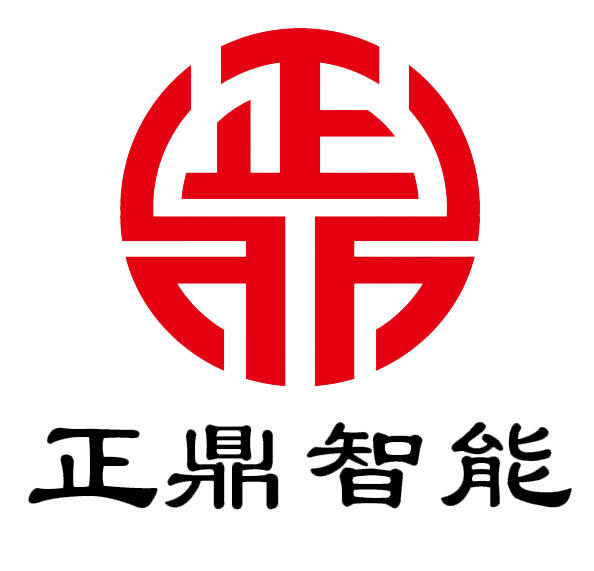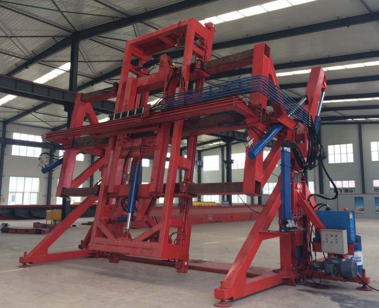Revolutionizing Material Handling with Advanced Tilting Solutions
The evolution of automated packaging lines has brought forth innovative solutions that enhance efficiency and streamline operations. At the forefront of these advancements, the container tilter has emerged as an indispensable component in modern manufacturing facilities. These sophisticated machines facilitate the controlled manipulation of containers, enabling seamless material transfer while maintaining product integrity and operator safety.
In today's fast-paced industrial environment, the ability to efficiently handle and transfer materials is crucial for maintaining competitive advantage. Container tilters provide the necessary mechanical assistance to manage heavy loads, reduce manual labor, and optimize production flow. The integration of these systems into automated packaging lines represents a significant leap forward in manufacturing technology.
Understanding Container Tilter Technology
Core Mechanical Components
The foundation of any container tilter lies in its robust mechanical design. The system typically comprises a heavy-duty frame, precision hydraulic or pneumatic actuators, and sophisticated control mechanisms. The tilting platform, engineered to support various container sizes, incorporates safety features such as load sensors and emergency stop functions.
Advanced models feature variable speed controls, allowing operators to adjust tilting angles and movement rates based on specific material characteristics. The integration of smart sensors enables automatic detection of load distribution, preventing potential instability during the tilting process.
Control Systems and Automation
Modern container tilters utilize state-of-the-art control systems that seamlessly integrate with existing packaging line infrastructure. Programmable logic controllers (PLCs) manage precise movements, while human-machine interfaces (HMIs) provide operators with real-time monitoring capabilities. These sophisticated controls ensure consistent performance and enable quick adjustments to accommodate different container types.
The automation aspect extends to include preset programs for various container sizes and material types, reducing setup time and minimizing operator intervention. This level of control precision contributes significantly to overall line efficiency and product quality.

Operational Benefits in Manufacturing
Productivity Enhancement
The implementation of container tilters in automated packaging lines delivers substantial productivity gains. By automating the material transfer process, these systems eliminate the need for manual handling, reducing cycle times and labor requirements. The consistent and controlled tilting motion ensures optimal material flow, minimizing product waste and improving overall throughput.
Manufacturing facilities report significant improvements in production rates after incorporating container tilters into their operations. The ability to handle multiple container sizes with minimal changeover time contributes to enhanced operational flexibility and reduced downtime.
Safety and Ergonomic Advantages
Worker safety remains a paramount concern in manufacturing environments. Container tilters address this by eliminating the need for manual lifting and awkward positioning during material transfer operations. The automated tilting mechanism reduces the risk of musculoskeletal injuries and creates a safer working environment for operators.
Ergonomic benefits extend beyond safety considerations. The strategic positioning of control interfaces and the automated nature of the tilting process reduce operator fatigue and physical strain, leading to improved job satisfaction and reduced absenteeism.
Integration Strategies for Packaging Lines
System Design Considerations
Successful integration of a container tilter requires careful attention to existing line configurations and space constraints. Engineers must evaluate factors such as floor space requirements, power availability, and interface points with adjacent equipment. The design process should account for future expansion possibilities and maintenance access requirements.
Consideration must also be given to material flow patterns and container handling sequences. Proper positioning of the container tilter within the line ensures optimal transfer efficiency and minimizes the risk of bottlenecks.
Implementation Best Practices
The implementation phase demands a structured approach to ensure seamless integration. This includes comprehensive operator training, establishment of standard operating procedures, and development of maintenance protocols. Successful installations typically involve close collaboration between equipment suppliers, system integrators, and facility personnel.
Documentation of installation procedures and operational parameters provides valuable reference material for future modifications or troubleshooting. Regular performance monitoring and feedback collection enable continuous improvement of the system.
Maintenance and Optimization
Preventive Maintenance Strategies
To ensure reliable operation, container tilters require systematic maintenance attention. This includes regular inspection of mechanical components, lubrication of moving parts, and calibration of control systems. Establishing a preventive maintenance schedule helps identify potential issues before they impact production.
Maintenance personnel should be trained in both routine procedures and emergency responses. The availability of spare parts and technical support resources contributes to minimizing downtime during maintenance activities.
Performance Monitoring and Adjustment
Continuous monitoring of container tilter performance enables proactive optimization of operational parameters. Data collection and analysis help identify patterns in usage, wear rates, and potential efficiency improvements. Regular review of this information supports informed decision-making regarding maintenance scheduling and system upgrades.
Advanced monitoring systems can provide predictive maintenance alerts, allowing maintenance teams to address potential issues before they lead to equipment failure.
Frequently Asked Questions
What are the key factors to consider when selecting a container tilter?
When choosing a container tilter, consider factors such as maximum load capacity, container size range, tilting angle requirements, control system compatibility, and space constraints. Additionally, evaluate the manufacturer's support capabilities and spare parts availability.
How does a container tilter improve workplace safety?
Container tilters enhance workplace safety by eliminating manual lifting requirements, reducing the risk of strain injuries, and providing controlled material handling. The automated operation ensures consistent movement patterns and minimizes operator exposure to potential hazards.
What maintenance requirements are typical for container tilters?
Regular maintenance typically includes inspection of hydraulic or pneumatic systems, lubrication of moving parts, checking electrical connections, and calibrating control systems. The specific maintenance schedule depends on usage patterns and environmental conditions.

